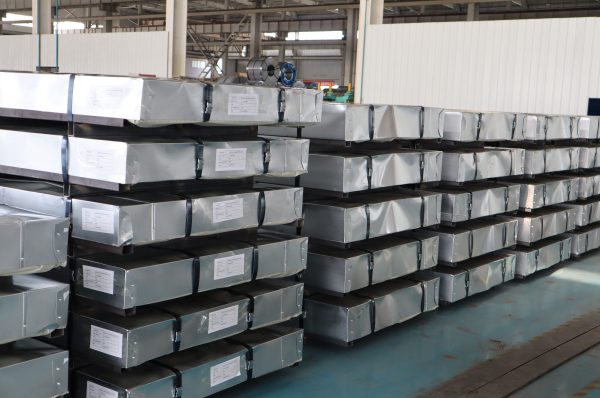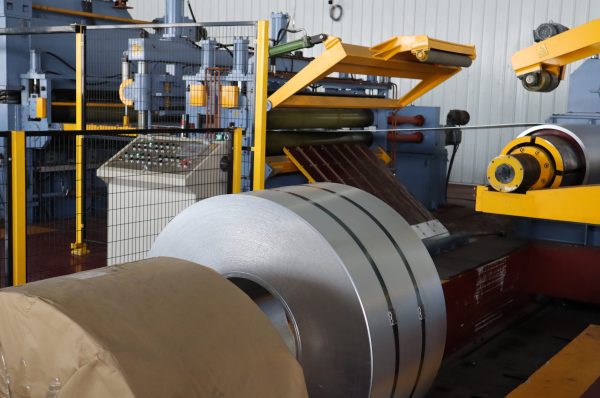Steel is an alloy of iron and carbon that has improved strength and resistance to breakage over other forms of iron. Many other elements may be present or added. Typically, 11% chromium is added to stainless steels for corrosion and oxidation resistance. Steel is used in buildings, infrastructure, tools, ships, trains, cars, bicycles, machinery, electrical appliances, furniture and weapons because of its high tensile strength and low cost.
Iron is the base metal in steel. Depending on the temperature, it can take on two crystalline forms (allotropes): the body-centred cubic form and the face-centred cubic form. Steel and cast iron derive their unique properties from the interaction of the allotropes of iron with the alloying elements, primarily carbon. In pure iron, the crystal structure has relatively little resistance to the iron atoms sliding past each other. Pure iron is therefore quite ductile, or soft and easy to form. In steel, small quantities of carbon, other elements and inclusions in iron act as hardeners which inhibit dislocation movement.
Carbon can account for up to 2.14% by weight in typical steel alloys. By varying the amount of carbon and many other alloying elements, as well as controlling their chemical and physical composition in the final steel (either as dissolved elements or as precipitated phases), the movement of the dislocations that make pure iron ductile is inhibited, and its properties are controlled and improved. These properties include the hardness, hardenability, annealing requirements, temperability, yield strength and ultimate strength of the steel produced. Only by reducing the ductility of iron is it possible to increase the strength of steel compared to pure iron.
Steel had been produced in the bloomery furnace for millennia, but it was not until the development of more efficient production methods in the seventeenth century, with the introduction of the blast furnace and the production of crucible steel, that steel was used on an industrial scale. In the middle of the 19th century, the open hearth furnace and then the Bessemer process were developed in England. The invention of the Bessemer process ushered in a new era of mass-produced steel. Mild steel replaced wrought iron. In the 19th century, the German states became the most important steel producers in Europe.
Further refinements to the process, such as basic oxygen steelmaking (BOS), largely replaced earlier methods, further reducing production costs and increasing the quality of the end product. Today, with more than 1.6 billion tonnes produced annually, steel is one of the most widely used materials in the world. Different grades, defined by various standards organisations, are generally used to identify modern steel. Modern steel production accounts for 8% of global emissions. However, steel is also very reusable: it is one of the most recycled materials in the world, with a global recycling rate of over 60%.




